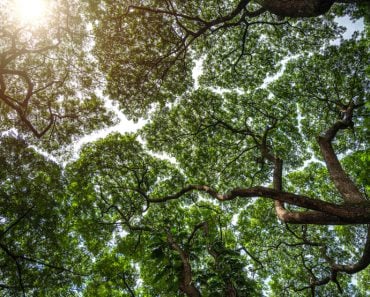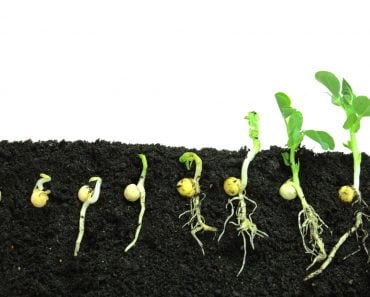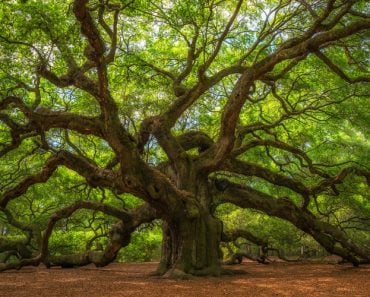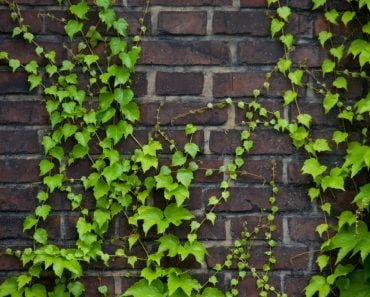Table of Contents (click to expand)
The bonsai tree is a miniature tree that is cultivated through a process of pruning and shaping. The tree is limited in size by the pot in which it is grown, and the gardener manipulates the growth patterns of the tree to achieve the desired aesthetic. The tree is meant to reflect the Japanese aesthetic and philosophy, and is considered a work of art.
While growing up, most children are advised by parents and teachers that they should treat everyone the same, even if they look, act, or speak differently. We are taught that people come in all shapes, colors, creeds, and of course – sizes!
However, we often forget that rule when we turn our eyes out on the natural world. We classify things based on them being different, and we’re fascinated by weird anomalies of nature. For example, when you think a tree, you normally picture a broad canopy above you, with a wide trunk and gnarled bark. Perhaps you imagine sitting under it and reading a book.
I doubt you’re thinking of a tiny tree that can practically fit in the palm of your hand!
We’re talking, of course, about the legendary bonsai trees of Japan. These tiny trees have fascinated scholars, artists, and westerners for centuries, and I’m sure you’ve asked the same question as I have…. why are bonsai trees so small?
Recommended Video for you:
What Is A Bonsai Tree?
First of all, what most people don’t know is that bonsai is not actually a species of tiny tree; bonsai is the word that describes the art form itself – growing small trees in a container. A bonsai tree can be any number of different trees that can be appropriately cultivated and shaped in that particular way. Bonsai originated from an ancient Chinese horticulture practice brought to Japan by Buddhist Students in the 6th century. They further developed the art of bonsai as a form of meditation and personal reflection.
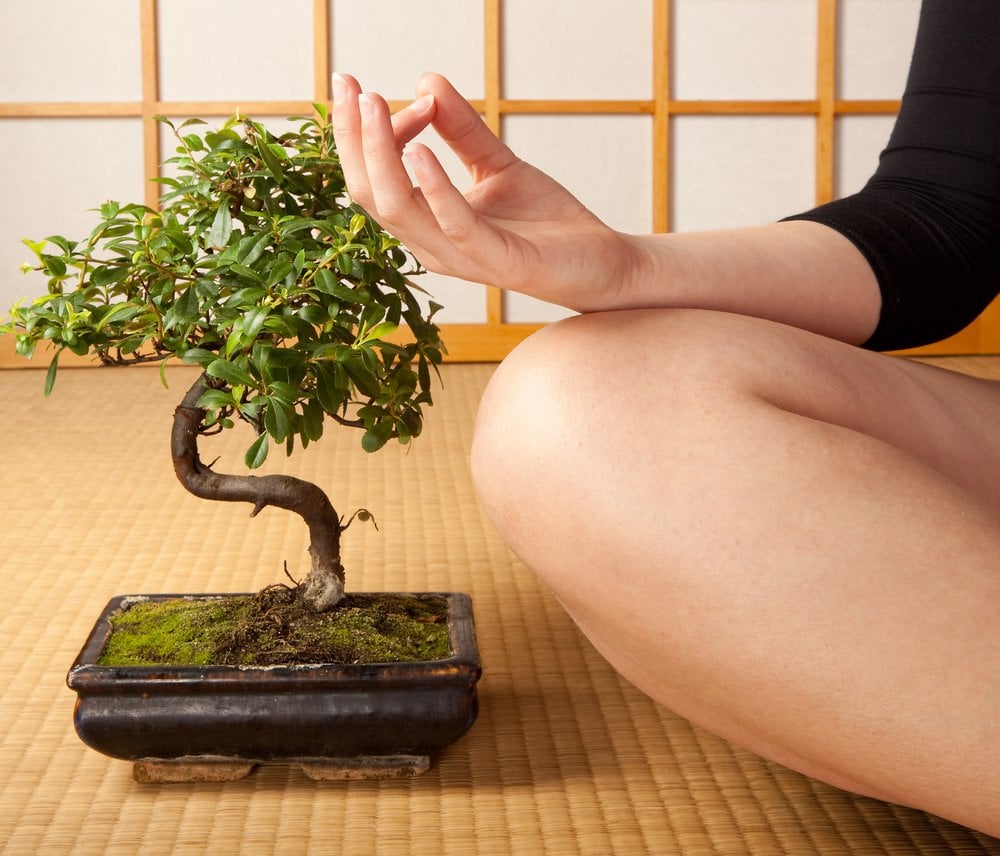
Japanese bonsai is all about taking care of the tree, pruning it and cultivating it to grow strong, albeit small. Other variations of bonsai include creating scenes from nature, but in Japan – the home of bonsai trees – they remain focused on growing those trees. Now, these trees aren’t just some miniature species; that would be far too easy!
Also Read: What Is Grafting?
Bonsai Tree Facts
When you limit the space in which something has to grow, it must adjust. By placing a tree cutting in a “bon” (a small tray/pot), you significantly limit where its roots can grow; by caring for the tree over the long term, you are able to guide the growth through meticulous pruning and shaping, resulting in these tiny trees. Certain species of tree are better than others, but generally, you want a perennial woody-stemmed tree or a bush with similar characteristics.
Small leaves or needles are preferable in a species for a bonsai tree, as this will allow for a comprehensive and appropriately sized tree for the aesthetic of the art form. That is the only way to describe the careful crown and root pruning process – art! Eventually, when the tree has reached its optimal size, the tree is carefully transplanted to the display pot, where it will remain.
The long-term care of a bonsai tree is the whole point of the art form; it is meant to teach practitioners the value of delicate work and the discipline of caring for other things. Bonsai trees are “judged” based on their physical appearance, which is a direct result of the time and energy invested by the gardener.
How Big Do Bonsai Trees Get?
Roots of wild trees grow up to several meters long and usually encompass huge amounts of soil. But for a bonsai, the roots do not grow more than 25 centimeters in length. In terms of size, wild trees grow to 5 meters or more in height, while the bonsai trees rarely grow taller than 1 meter and many of the trees are usually much smaller as well.
Also Read: Why Is A Banana Tree Not Really A Tree?
Are All Small Trees Bonsais?
You may come across many other tiny trees in your life, but whether in the wild or some other hobbyists home garden, a bonsai tree is defined by a few key features. The aesthetic design to give the tree a “front”, as well as proper placement within a room to ensure its effect, are both important aspects that set bonsai trees apart.
Furthermore, there should be no trace of the artist left in the creation, it should be asymmetrical in its roots and branch distribution, properly proportional (as though you’re looking at a full-sized tree from a distance), and miniaturized. Perhaps most importantly, a bonsai tree should capture some sense of impermanence or imperfection, reflecting the general Japanese aesthetic and philosophy. This may seem a bit strange, but Japanese people take bonsai cultivation very seriously.
You would too if you spent weeks, months, and years ensuring that the tiny tree in your front room looked beautiful for every visitor to your home!
So, in short, bonsai trees are small because we want them to be. We choose the right material and the best growing conditions, and then carefully manipulate the growth patterns of bonsai trees as we see fit.
This is some serious next-level gardening!

